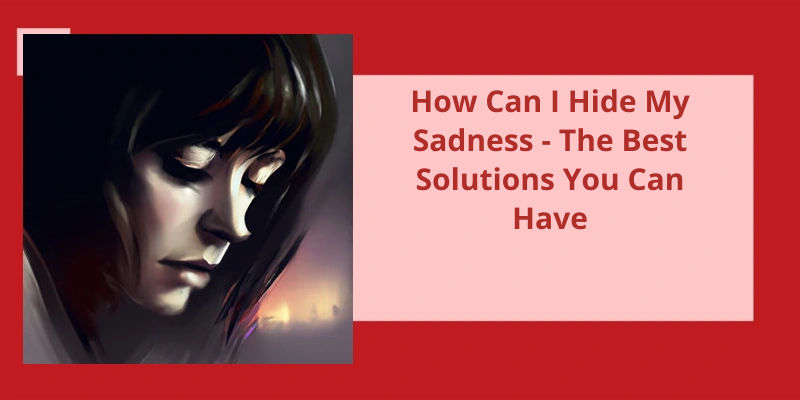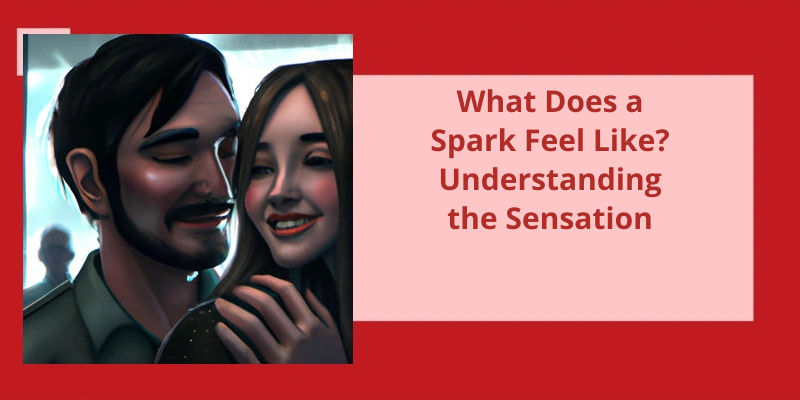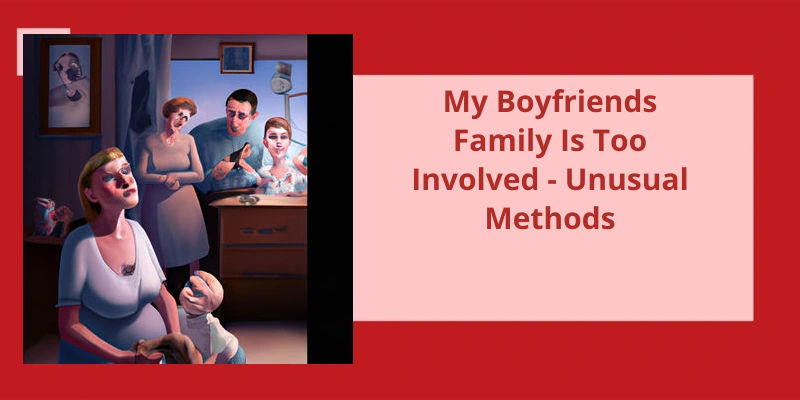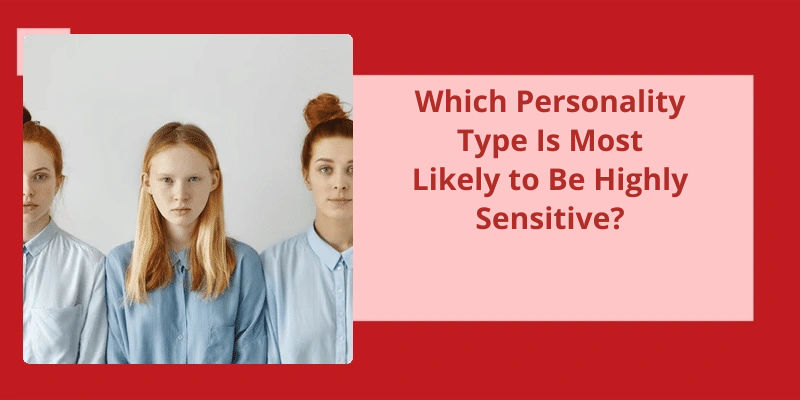Sadness is a deeply personal and often overwhelming emotion that can be difficult to navigate in the eyes of others. Thankfully, there are some tried and tested solutions that can provide temporary relief and help to mask the pain. Laughter, for instance, has long been recognized as a powerful antidote to sadness. By going to great lengths to make others laugh, individuals can divert attention away from their own inner turmoil. Another effective strategy involves getting dressed up, projecting an image of confidence and self-assuredness that may help to camouflage the sadness lurking beneath the surface. Similarly, telling people "I'm okay" can create an illusion of strength and resilience, alleviating the need for others to inquire further into one's emotional state. Complimenting others can also serve as a diversionary tactic, allowing individuals to redirect attention away from their own sadness and onto the happiness of those around them. Humor, whether through witty remarks or playful banter, can function as a hiding place for sadness, giving the impression that all is well. For some, avoiding socializing or isolating oneself can create an illusion of contentment and shield them from having to confront their own sadness in the presence of others. In certain cases, individuals might opt to tell people they’re sick as a means to explain any signs of sadness or withdrawal. Lastly, anger can provide a temporary refuge, displacing the sadness individuals feel and replacing it with a more socially acceptable and less vulnerable emotion. While these solutions may offer temporary relief, it’s important to acknowledge that hiding sadness isn’t a sustainable or healthy long-term solution. It’s crucial to address the root causes of sadness and seek support from loved ones or professionals who can provide guidance and understanding.
How Can I Hide My Sad Emotions?
When it comes to hiding my sadness, I’ve found that going through the motions is key. Putting on a brave face and acting as if everything is fine can be challenging, but it helps to maintain a facade of happiness. By consciously choosing to go through the motions of everyday life, it becomes easier to hide the sadness that may be lurking within.
Whether it’s engaging in hobbies, spending time with loved ones, or simply indulging in self-care activities, these moments of happiness can help to mask the sadness you may be experiencing. By deliberately scheduling these activities, you can create regular distractions and opportunities for emotional relief.
Although it may be tempting to isolate oneself when feeling sad, it’s important to avoid shunning social situations. Surrounding yourself with the presence of others can help distract from your own sadness and create an atmosphere of positivity. While it may require some effort to engage in social interactions, doing so can provide a temporary escape from your own emotions and allow you to focus on the happiness of those around you.
Engaging in activities such as exercise, journaling, or practicing mindfulness can help redirect your focus and provide a sense of relief. By utilizing these strategies, you can effectively mask your sadness while simultaneously working on managing and processing your emotions in a healthy way.
From wanting to protect their privacy to fearing judgment by others, there are many personal and professional reasons why people hide their symptoms of depression and may mask it with a smile. Understanding these motivations can shed light on the complexity behind this common behavior, ultimately helping to foster a more compassionate and supportive society.
Why Do People Hide Their Sadness?
People hide their sadness for various reasons, and understanding these reasons can shed light on the complexity of human emotions. One common motivation is the desire to protect ones privacy. Sadness is often seen as a vulnerable state, and individuals may choose to keep their emotions hidden to maintain a sense of control and strength. By concealing their sadness, they can preserve their personal boundaries and avoid potential intrusions into their emotional world.
In a professional context, people may hide their sadness to maintain a professional image. Many work environments prioritize productivity and efficiency, with little room for emotional vulnerability. Employees may fear that revealing their sadness could be perceived as a sign of weakness and negatively impact their career prospects. To avoid any potential professional repercussions, individuals may suppress their true emotions and present a facade of strength and positivity.
They may be caught up in the busyness of everyday life or have become accustomed to suppressing their feelings. This can lead to a disconnect from their emotions, making it difficult for them to recognize and express their sadness.
Finally, individuals may hide their sadness simply because they don’t want to burden others with their problems. They may believe that sharing their pain will only bring others down or disrupt the harmony in their relationships. Consequently, they choose to suffer in silence, believing that they’re sparing their loved ones from experiencing the same sadness they’re feeling.
The Impact of Societal and Cultural Expectations on Expressing Sadness
Societal and cultural expectations play a significant role in how people express their sadness. In many cultures, there’s a stigma surrounding sadness, and individuals are often encouraged to hide their emotions. This pressure can lead to suppressing feelings of sadness, which can be detrimental to one’s mental and emotional well-being. It’s important to recognize that it’s normal and healthy to experience sadness and to seek appropriate support when needed. Finding safe spaces and supportive communities can help individuals feel more comfortable expressing their emotions and finding healthy ways to cope with sadness.
In addition to the aforementioned signs, there are a few more subtle cues that may indicate you’re hiding your emotions. These include feeling a sense of discomfort around highly emotional individuals, having a tendency to view anger and sadness as negative emotions, rarely expressing your tears or yelling, and often overreacting when feeling angry or sad. Moreover, perceiving yourself as constantly “fine” and displaying characteristics of being laid-back or easygoing might be indicative of emotional suppression.
How Do You Tell if You Are Hiding Your Emotions?
When it comes to hiding our emotions, there are several ways in which we may unintentionally give ourselves away. One telltale sign is feeling uncomfortable around highly emotional individuals. We may find ourselves distancing ourselves or even feeling overwhelmed by their outpouring of feelings, as if we’re intruding upon their personal space. This discomfort stems from our own tendency to suppress our emotions, leading us to avoid situations where we may be confronted with strong displays of emotion.
Another key indicator is our belief that certain emotions, such as anger and sadness, are inherently “bad.”. Instead of allowing ourselves to fully experience and express these emotions, we push them aside, deeming them unacceptable or inconvenient. This mindset further contributes to our ability to hide our true feelings, as we deny ourselves the opportunity to acknowledge and process them.
A lack of emotional release is another common sign of hiding our emotions. Rarely or never crying or yelling may suggest that we’re suppressing our feelings, allowing them to build up within us without finding a healthy outlet for release. This can lead to a buildup of tension and potentially explosive reactions when triggered, such as overreacting in seemingly minor situations.
Constantly labeling ourselves as “fine” or portraying ourselves as laid-back and easygoing may serve as a defense mechanism to avoid delving into our true feelings. By maintaining this façade, we create a barrier that shields us from having to confront our inner turmoil and vulnerabilities.
Overall, it’s important to recognize the signs of hiding our emotions in order to take proactive steps towards addressing them. By acknowledging and embracing our feelings, seeking support from trusted individuals, and practicing self-care, we can gradually learn to express our emotions in healthy and constructive ways.
Conclusion
While laughter, getting dressed up, and telling others we’re okay may temporarily distract from our sadness, it’s crucial to prioritize self-care and seeking support from loved ones. Complimenting others, using humor, and engaging in activities that bring joy can also contribute to a more positive mindset. However, it’s important to note that isolating ourselves or pretending to be sick aren’t long-term solutions and may further exacerbate our feelings of sadness. Instead, acknowledging and expressing our emotions, seeking professional help when needed, and focusing on self-compassion can lead to a healthier and more fulfilling life.






